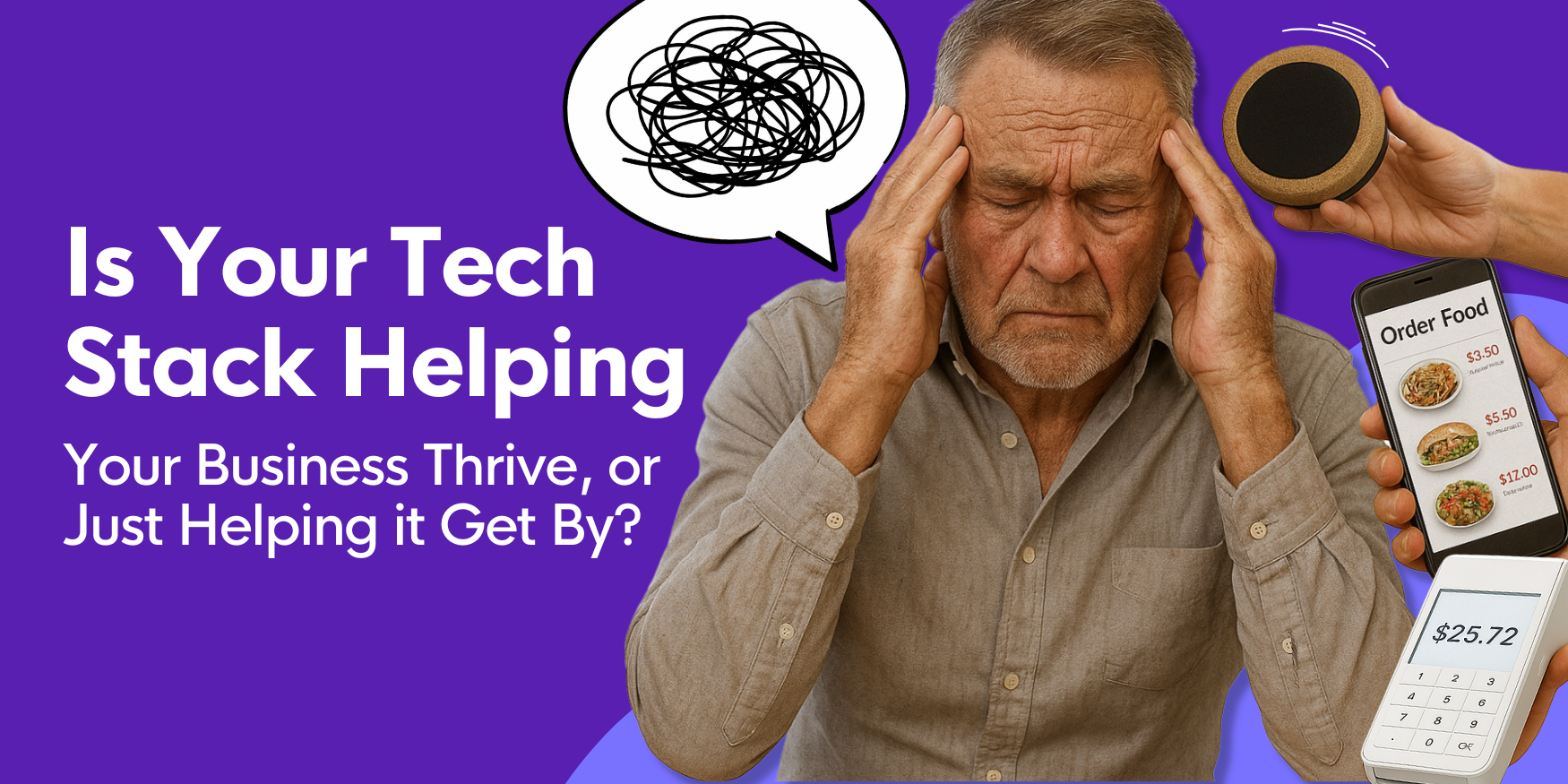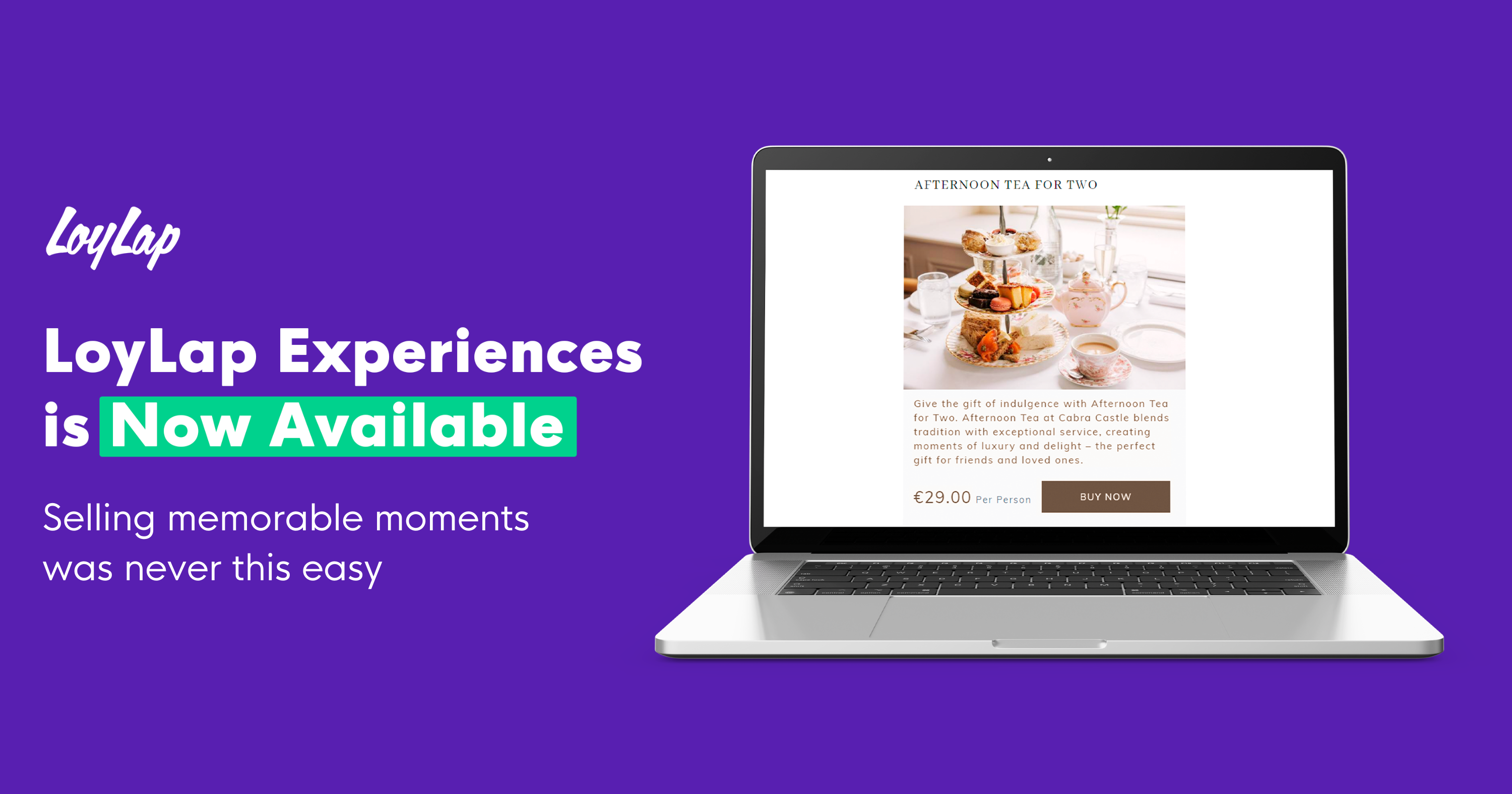10 Questions to Ask When Evaluating an Online Ordering Provider
Introducing new technology into your business understandably can be daunting. You want to make the right decision the first time around to avoid creating more hassle down the line for yourself, your staff and your customers.
However, feeling confident that you have selected the right provider in the first place is a huge step forward in alleviating your worries. Here are 10 questions you should ask an online ordering provider when evaluating options for your business.
1. How does the provider charge?
Let’s discuss the obvious one first: cost. Pricing models vary from provider to provider, but typically, you will find a few main models:
- Flat monthly or annual fee
- Flat fee plus commission
- Commission only
To calculate a more accurate cost give some thought to your average order value and the number of online orders you expect per month when comparing pricing.
You will also want to consider if the provider charges a setup or onboarding fee or transaction fees (likely if you accept online payments).
Some providers attempt to gloss over transaction fees stating that they’re not 'their' charges and you 'just need to set-up an account to get paid'. Transaction fees can be some of the highest charges you pay. They are determined by which payment gateways the ordering provider can integrate into their platform. Be sure to understand all the charges involved in transacting online and getting your funds settled in full before committing to a solution.
Free platforms do exist and can be the right choice for some businesses. However, they typically don’t include premium functionality like timing your menu, taking payment online or integrating with your point of sale.
While naturally, the cost may be a starting point in your decision-making process, it shouldn’t be the end. Deciding based purely on price could leave you short-changed. The following questions consider the functionality you might need your online ordering system to have.
2. Can I time my menu, for example, based on breakfast service or lunch service?
If you are in the food business, what you sell at 8am can be very different from what’s on sale at 3pm. You need one unified menu for ease of customers knowing where to go to place an order, but you don’t want to sell items which are not available. Your menu should be smart enough that corresponding with the time the customer has selected for collection or delivery, only display items for sale that are available.
3. What happens if I run out of something? Can it keep track of my inventory?
In a world where bad news travels fast, you can’t afford your customers to have negative experiences with your business. Suppose a customer shows up someday to collect their online order for a product you don’t have in stock. There’s a chance you’ll never see that customer again, plus the potential knock-on effect that they tell their friends and family of their poor experience. Therefore it’s vitally important you have a mechanism to disable products; whether manually or automatically if the online ordering system monitors your inventory.
4. If our kitchen is too busy, how easily can I limit incoming orders?
By the very nature of some businesses, your kitchen can be significantly busier at certain times of the day. You don’t want to be in a situation where you take more orders than you can put out. Having the ability to limit and control the number of orders at given times can help you avoid this sort of situation.
5. Who owns my customer data, and how can I access it?
Your customers are just that, your customers. Your online ordering platform should ensure you have control of and access to your customer data. While not every provider gives this access to you, their business practices could mean that they can obtain and use your customer data for their own purposes.
6. Will my customers be able to use their gift cards to pay online and in-store?
Gift cards are a great additional revenue stream but having disparate systems comes with logistical headaches. Ensuring customers can use the same gift card to pay online and in-store will provide a more cohesive and seamless experience.
7. Is it Integrated with my POS?
The less paperwork your online ordering system causes you, the better. An online ordering platform that’s integrated with your POS requires no extra end of day management. All data is entered as transactions in your POS system for your bookkeeper and accountants to reconcile, saving both time and money.
8. Are my customers able to earn loyalty rewards in-store as they can online?
Suppose your online ordering system has a loyalty program. Does it have a way to reward customers that also like to make purchases in-store? Providing a consistent experience both on and offline, especially when it comes to your loyalty scheme, is critical.
Loyalty programs are a tool to help you retain and engage, and increase spending through positive reinforcement. It would therefore be counter-intuitive to allow your customers to have a negative experience with your loyalty system.
9. How can I run a promotional campaign to my customers?
Whether it is “spend X to get 10% off” or “buy one get one free”, promotional campaigns are excellent to motivate your customers to buy, spend more and come back again. Having the ability to run targeted deals and offers to increase average order size and order frequency as part of your online ordering system is essential.
10. How easy is it to place an order?
The more buttons a customer has to press, the greater the probability of abandoning their cart. When comparing different service providers, count the number of clicks required to make an order of one product; if it goes over nine, you should start getting worried. Look out for providers that offer even faster approaches such as a ‘Quick Reorder’ feature where with one tap a customer can recreate their entire last order.
Also, over 80% of online orders will happen on mobile. Ensuring that the experience of ordering on mobile is as easy and intuitive as possible is vital. If there is the option with the online ordering provider to release a mobile app for your business, then all the better.
.png?width=110&height=53&name=tl%20(1).png)





Leave a comment